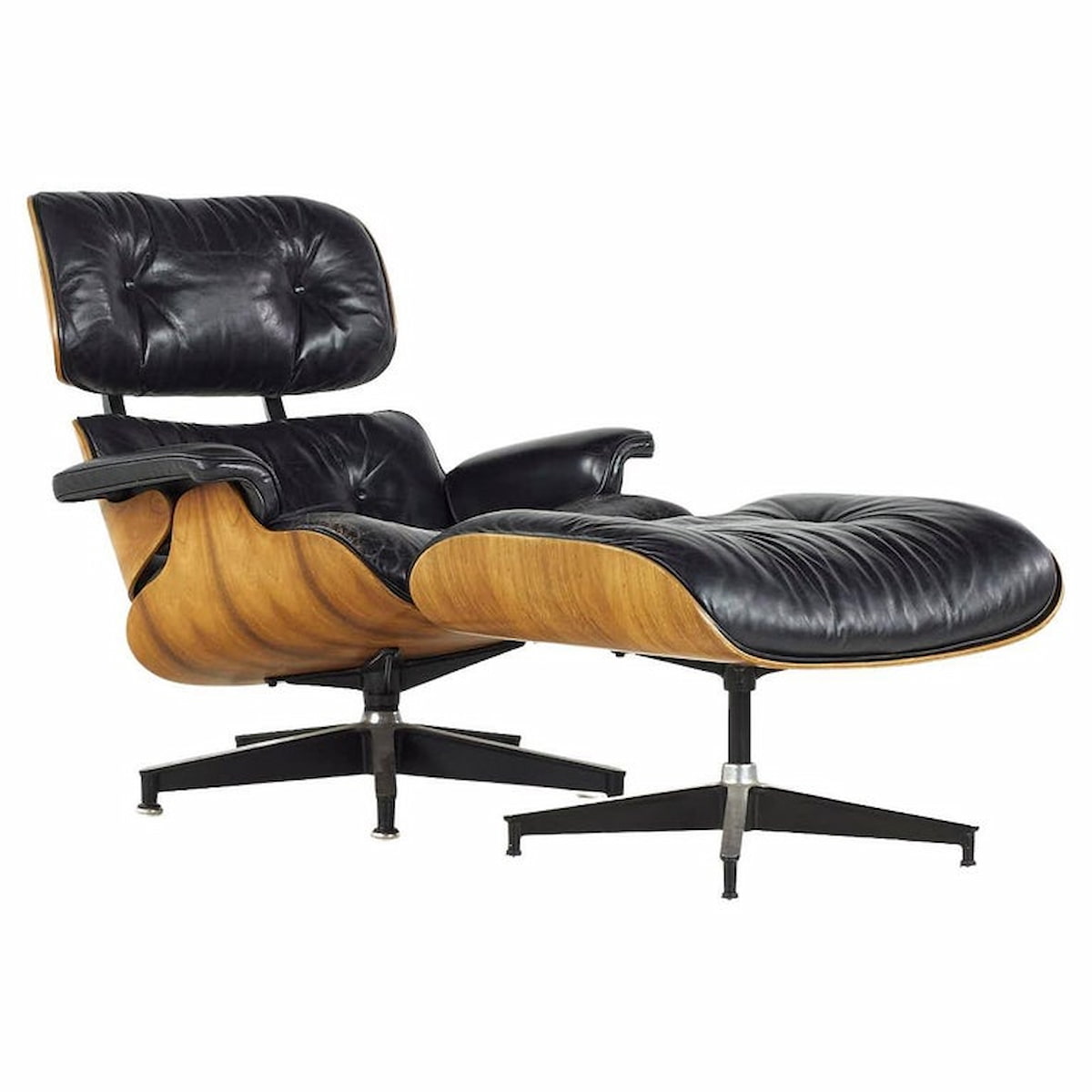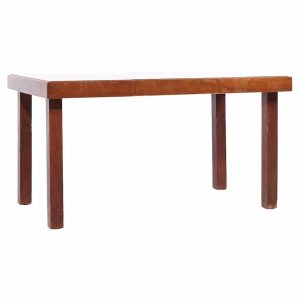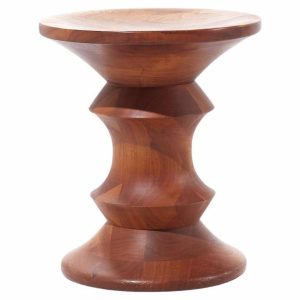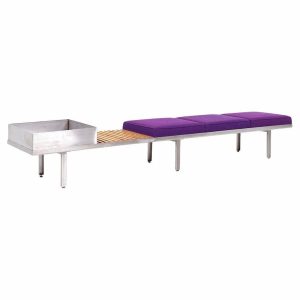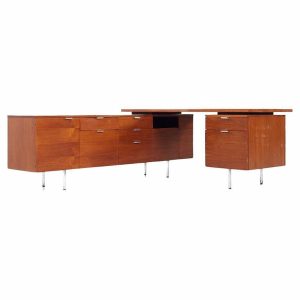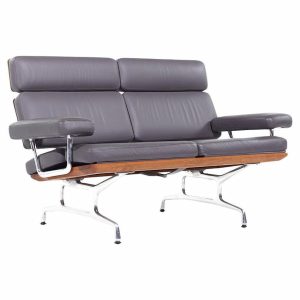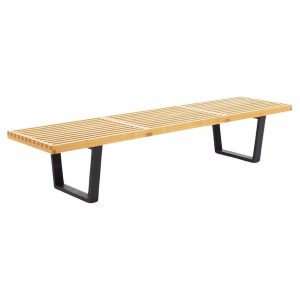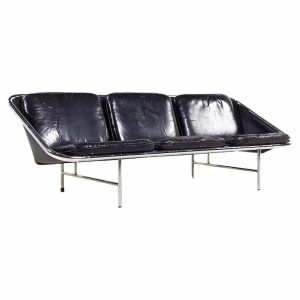Herman Miller, founded in 1905, has shaped global design through innovative furniture and a commitment to sustainability.
Herman Miller, a leading American furniture design and manufacturing company, has significantly shaped the global design landscape since its founding in 1905. Known for its innovative designs and commitment to quality, the company has collaborated with some of the most influential designers and architects of the 20th century, creating iconic products that continue to be celebrated today. In this comprehensive history, we will explore the origins, growth, and enduring legacy of Herman Miller.
Beginnings (1905-1920): Herman Miller was founded in 1905 as the Star Furniture Company by D.J. De Pree and his father-in-law, Herman Miller, in Zeeland, Michigan. Initially focused on manufacturing traditional residential furniture, the company rebranded as Herman Miller Furniture Company in 1923 to honor its co-founder. Under De Pree’s leadership, Herman Miller shifted its focus towards modern furniture design, setting the stage for the company’s future success.
Collaboration with Gilbert Rohde (1930-1944): In 1930, Herman Miller began a transformative partnership with American designer Gilbert Rohde. Rohde, a proponent of modern design, played a crucial role in steering the company towards innovative, functional furniture that aligned with the needs and tastes of contemporary consumers. In 1933, Herman Miller debuted its first modern furniture line at the Chicago World’s Fair, showcasing Rohde’s designs and solidifying its commitment to modernism. Rohde continued to serve as the design director until he died in 1944, leaving behind a legacy that would shape the future of Herman Miller.
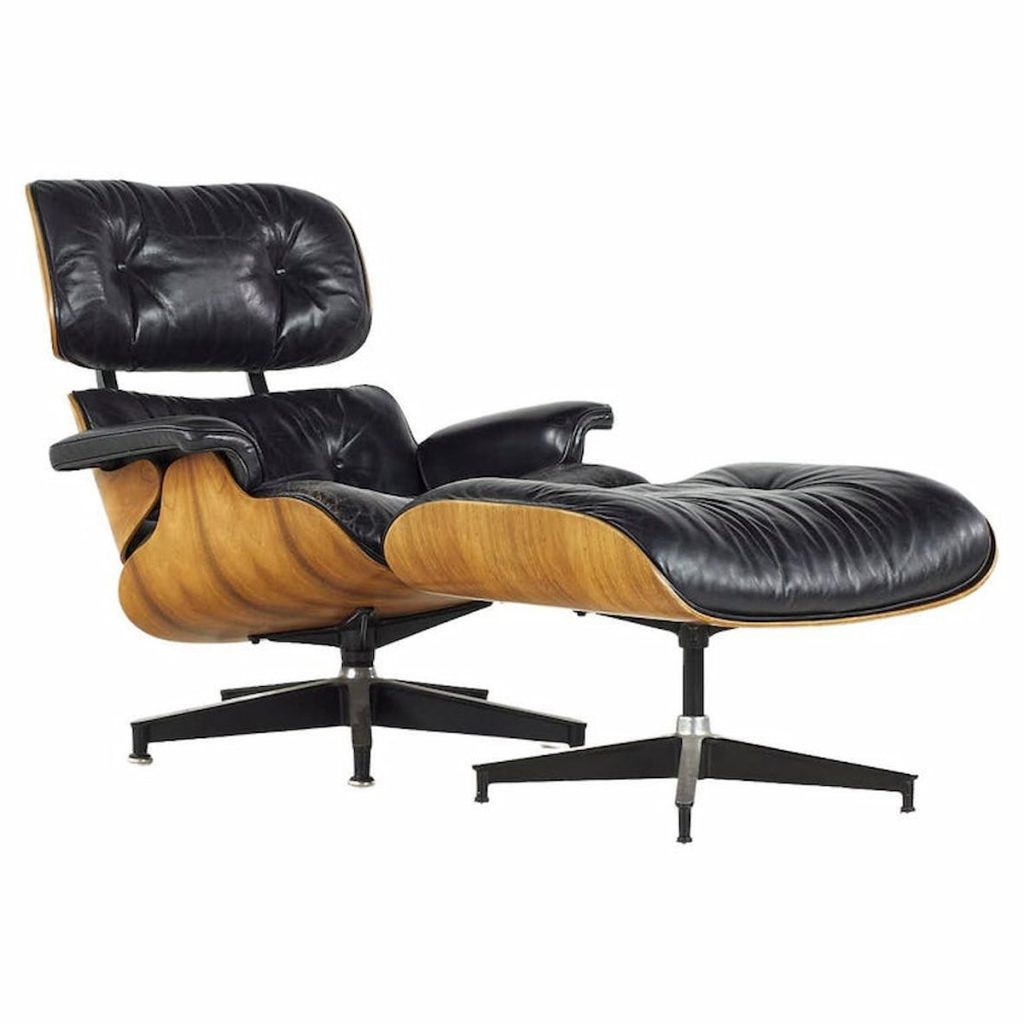
The Eames Era (1946-1978): Following Rohde’s death, D.J. De Pree sought a new design collaborator who could continue the company’s modernist trajectory. In 1946, he partnered with Charles and Ray Eames, a husband-and-wife design team whose innovative work in molded plywood furniture had garnered widespread acclaim. The Eameses’ tenure at Herman Miller produced some of the most iconic designs in the company’s history, including the Eames Lounge Chair (1956) and the Eames Molded Plywood Chair (1946). Their groundbreaking work in materials and production methods and their focus on human-centered design would become synonymous with the Herman Miller brand.
The George Nelson Years (1947-1972): In 1947, De Pree recruited renowned architect and designer George Nelson as the company’s first design director. Nelson’s tenure at Herman Miller was marked by his commitment to fostering a collaborative design culture and his ability to identify and nurture emerging talent. Under his direction, Herman Miller partnered with influential designers such as Isamu Noguchi, Alexander Girard, and Robert Propst.
Nelson himself contributed several iconic designs to the Herman Miller catalog, including the Coconut Chair (1955), the Marshmallow Sofa (1956), and the Comprehensive Storage System (CSS) (1959). His emphasis on problem-solving and interdisciplinary collaboration played a vital role in shaping Herman Miller’s identity as a design-driven company.
Action Office and the Birth of the Cubicle (1964-the 1970s): In 1964, Herman Miller introduced the Action Office system, designed by Robert Propst. Aimed at improving workplace efficiency and flexibility, the system featured modular components that could be easily reconfigured to accommodate changing needs. Despite its initial commercial failure, the system’s second iteration, Action Office II (1968), became a massive success and laid the foundation for the modern office cubicle.
The 1980s and 1990s: Expansion and Diversification: The 1980s and 1990s saw Herman Miller expanding its product offerings and diversifying its business to meet the evolving needs of its customers. In addition to office furniture, the company began to produce healthcare and educational furniture, as well as furniture for the home. Herman Miller also collaborated with leading designers, such as Bill Stumpf and Don Chadwick, who co-created the Aeron Chair (1994). This ergonomic office chair quickly became one of the most iconic and best-selling products in the company’s history, epitomizing Herman Miller’s commitment to design, innovation, and human-centered solutions.
Environmental Sustainability and Social Responsibility (1990s-present): As environmental concerns gained prominence in the late 20th century, Herman Miller embraced sustainability as a core value, making strides to minimize its environmental impact and foster a culture of social responsibility. The company adopted a Design for Environment (DfE) protocol, emphasizing eco-friendly materials, recycling, and waste reduction throughout the design and manufacturing processes. Herman Miller’s dedication to sustainability and social responsibility has earned it numerous accolades and helped to solidify its reputation as a forward-thinking and responsible corporate citizen.
21st Century: Reinvention and Continued Growth (2000s-present): In the 21st century, Herman Miller has continued to evolve and adapt to the changing needs of its customers. The company has embraced technology, incorporating it into its products and offering solutions for the modern digital workplace. Recognizing the importance of collaboration and flexibility, Herman Miller has also developed a range of furniture and systems that foster teamwork and adaptability in both office and home environments.
In 2010, the company rebranded as Herman Miller Group, reflecting its growth and diversification into various markets and industries. Today, the group includes several brands and subsidiaries, such as Design Within Reach, Maharam, Geiger, and HAY, which offer a wide range of products and services to cater to the needs of different customers and industries.
Herman Miller’s Legacy and Impact on Design: Over the course of its history, Herman Miller has left an indelible mark on the world of design. Its collaborations with iconic designers and architects have produced some of the most recognizable and enduring pieces of furniture in the modern era. In addition, the company’s commitment to innovation, quality, and human-centered design has not only influenced its products but also inspired countless other designers and manufacturers.
Herman Miller’s dedication to environmental sustainability and social responsibility has set a high standard for the industry and demonstrated that business success and ethical practices can go hand in hand. In addition, its emphasis on collaboration, problem-solving, and interdisciplinary thinking has helped to shape a design culture that values creativity, experimentation, and the pursuit of excellence.
Conclusion: Herman Miller’s rich history is characterized by innovation, collaboration, and a relentless pursuit of excellence in design. From its humble beginnings as a small furniture manufacturer in Michigan to its position today as a global leader in design, the company has consistently pushed the boundaries of what is possible in the furniture and interior design world. The enduring legacy of Herman Miller lies not only in its iconic products but also in the values and principles that have guided its growth and success for over a century.
